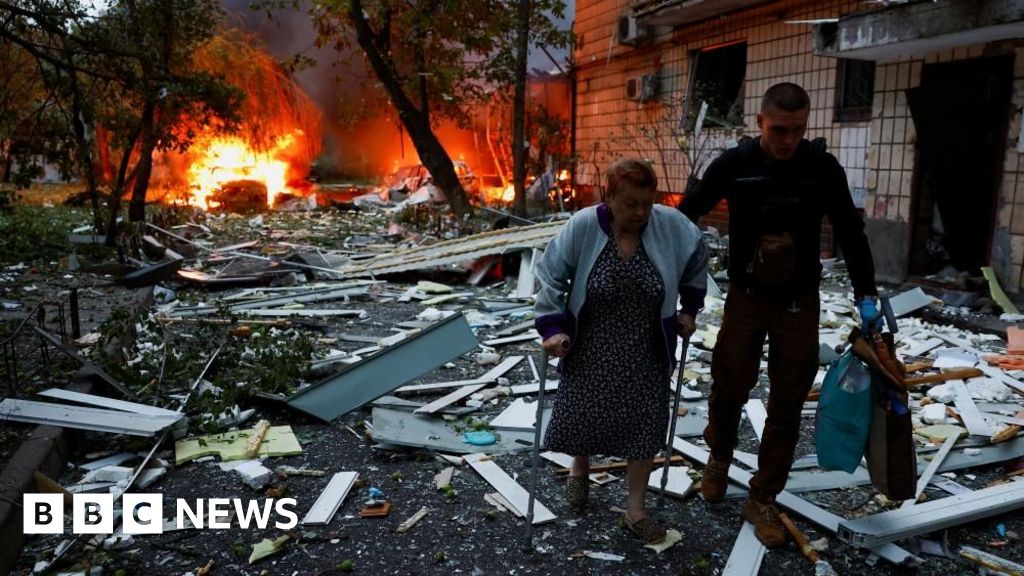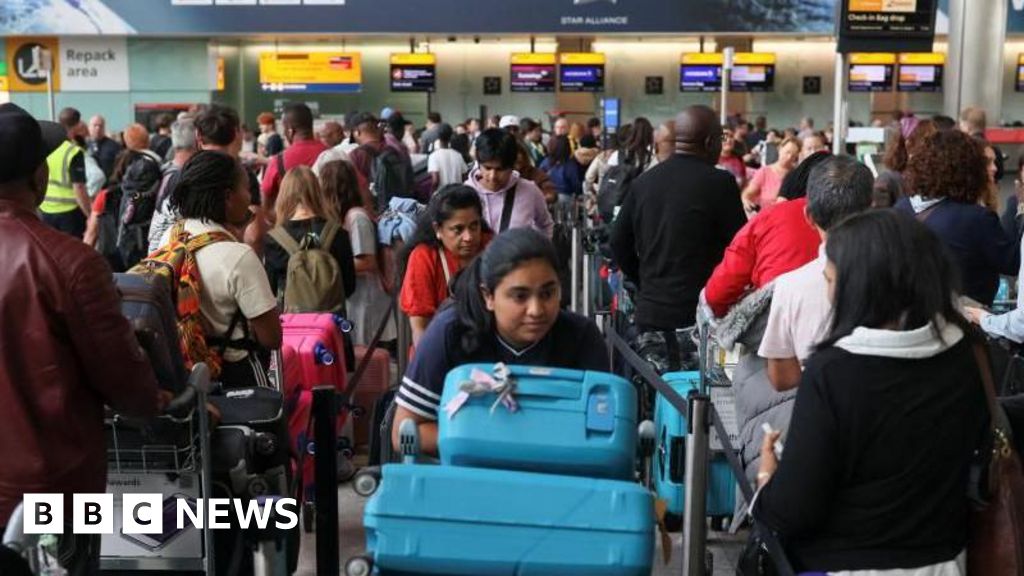Tsunami warning tracker: Map and online tool let you follow alerts in real time after massive earthquake

A massive earthquake struck off the Kamchatka Peninsula of Russia’s far east on Wednesday morning, July 30, local time.
The quake was the sixth-largest ever recorded and sent tsunami waves spreading across the Pacific Ocean. Some of those waves are headed to the United States and have already made landfall in some states, leading to numerous tsunami warnings and advisories—many of which are still in effect.
Here’s what you need to know about the Kamchatka quake and tsunami, and how you can track the latest warnings for where the waves could be headed next.
What’s happened?
On the morning of July 30 local time (about 11:24 p.m., July 29 UTC), a massive earthquake occurred off the coast of the Kamchatka Peninsula in Russia’s far east. The quake registered a magnitude of 8.8 on the Richter scale, making it the sixth most powerful earthquake to ever be recorded, according to CNN.
The epicenter of the quake was about 74 miles southeast of the region’s largest city, Petropavlovsk-Kamchatsky, and occurred at a depth of about 12.8 miles below the surface.
The Kamchatka earthquake is the largest quake recorded since the Tōhoku earthquake in Japan on March 11, 2011. That earthquake measured 9.1 on the Richter scale and led to a devastating tsunami in Japan, which cost around 20,000 lives and led to the Fukushima Daiichi nuclear disaster.
In the hour after the initial quake, two significant aftershocks measuring magnitudes of 6.3 and 6.9 struck, and since then, multiple aftershocks measuring 5 on the Richter scale have hit as well. The initial quake and these aftershocks have sent tsunami waves spreading across the Pacific Ocean.
Where did the Kamchatka tsunami waves head?
The tsunami waves that spread as a result of the Kamchatka earthquake headed across the Pacific Ocean and made landfall on Russia’s far east coast.
According to CNN, the waves first hit Russia and Japan. They then traveled across the Pacific to Canada and the United States. In the United States, the waves are known to have made landfall in five states:
- Alaska
- California
- Hawaii
- Oregon
- Washington
Following the earthquake, as the tsunami waves spread across the Pacific, authorities in these states issued tsunami warnings, and in some locations, urged residents to evacuate to higher ground.
In Hawaii, Governor Josh Green told residents to evacuate coastal areas, stating, “It will not hit one beach, it will wrap around the islands.”
In addition to the five U.S. states listed above, as well as Russia, Japan, and Canada, other countries have issued tsunami warnings and alerts, including Chile, China, French Polynesia’s Marquesas Islands, Indonesia, Mexico, Panama, Papua New Guinea, Peru, the Philippines, Solomon Islands, Taiwan, and Vanuatu.
Tsunami Warning map
Numerous tsunami warnings and advisories have been issued for cities and states in the U.S. as a result of the Kamchatka quake. Some of these warnings have been downgraded to advisories, while others remain in place. It’s also still possible that further warnings or advisories will be issued.
A great way to keep track of all these alerts is by checking out the Tsunami Warning map by the National Oceanic and Atmospheric Administration (NOAA) and the National Weather Service.
The color-coded map displays the latest tsunami warnings and advisories, as well as other alerts. Its mapping technology is powered by the spatial analytics company Esri.
Alerts are displayed on the map in one of five colors:
- Tsunami Warning—Red
- Tsunami Advisory—Orange
- Tsunami Watch—Yellow
- Tsunami Information Statement—Green
- Tsunami Threat—Purple (International)
Two of the most serious alerts on the map are the red “Tsunami Warning” and orange “Tsunami Advisory” alerts.
According to the U.S. Tsunami Warning Centers, the red Tsunami Warning “is issued when a tsunami with the potential to generate widespread inundation is imminent, expected, or occurring. Warnings alert the public that dangerous coastal flooding accompanied by powerful currents is possible and may continue for several hours after initial arrival.”
A yellow Tsunami Advisory “is issued when a tsunami with the potential to generate strong currents or waves dangerous to those in or very near the water is imminent, expected, or occurring. The threat may continue for several hours after initial arrival, but significant inundation is not expected for areas under an advisory.”
If you’re in a coastal area that may be impacted, it’s a good idea to keep abreast of tsunami alerts in your area. To find out more about what to do in the event of a tsunami threat, you can check out the U.S. government’s Ready website about tsunamis.
What's Your Reaction?
 Like
0
Like
0
 Dislike
0
Dislike
0
 Love
0
Love
0
 Funny
0
Funny
0
 Angry
0
Angry
0
 Sad
0
Sad
0
 Wow
0
Wow
0























































![The Challenge Premiere: Cara Maria Sorbello Breaks Down That ‘Wild’ First Challenge, Why [Spoiler] Was Eliminated](https://tvline.com/wp-content/uploads/2025/07/the-challenge-vets-and-new-threats-premiere.png?#)





































